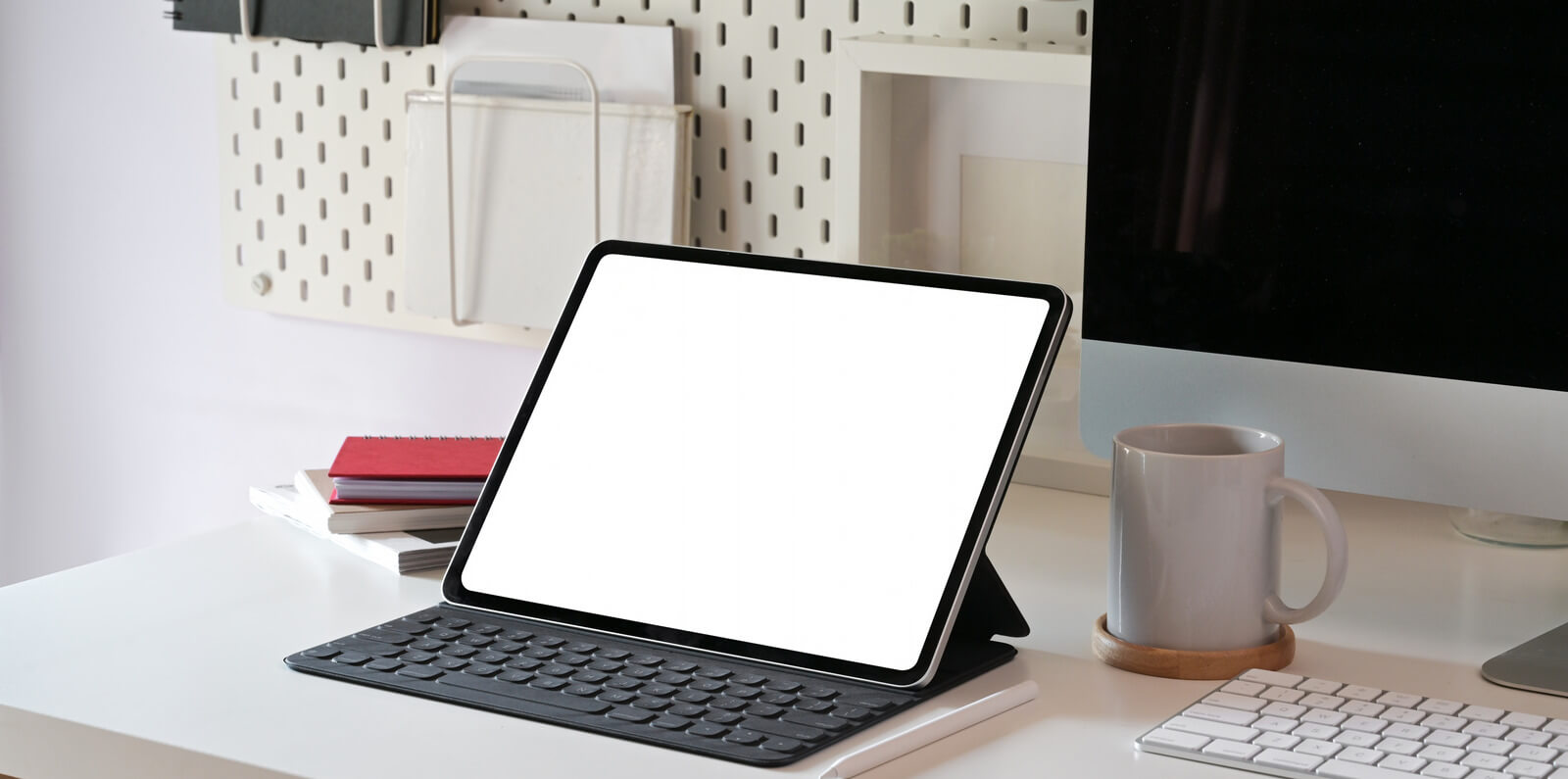Disclosure: This article may contain affiliate links. When you click these links, I may earn a small commission at no cost to you. As an Amazon Associate I earn from qualifying purchases at no cost to you. See full policy here
If you are thinking about buying a standing desk or converting your sitting desk to a standing one or have one already, then this post is for you! In it I will be discussing the best practices for using your Standing Desk including:
- How to set up your desk correctly
- How to use your desk to maximize the benefits and minimize any negative effects
The Set Up
Height is critical! If the height of your desk is not right, then you are likely to develop discomfort from your head down to your feet. Use the following Guidelines to set up your desk correctly:
- Set your computer screen at eye level with a minimum distance of 18 to 20 inches between your face and the screen.
- Your elbows should be bent to 90 degrees and your wrists should be tilted slightly upwards only when standing. When sitting your wrists and hands should remain level.
- Use Arm Supports (soft padding attached to a desk) which will help to reduce pressure on the wrists.
- Keep your keyboard and mouse level. Try a vertical mouse especially if you have hand and wrist pain.
- Stand on an Anti Fatigue Mat and wear Comfortable Supportive Footwear to lessen lower leg, ankle, and foot pain.
Using Your Standing Desk
To get the most benefits out of your Standing Desk requires several simple strategies:
Posture
- Make sure you are looking straight ahead and your eyes are level with the screen
- Your shoulders should be down and in a relaxed position. Hint: Take a deep breath in to help relax your upper body.
- Stand with your feet apart at a distance that is slightly greater than your hips and tuck in your tailbone.
- Draw your thighs slightly upward. You should feel your knee caps lift a little with a little tightening of your core. DO NOT LOCK YOUR KNEES!
Time
- Start out slowly. Try standing 5 or 10 minutes every hour until you can tolerate 30 or 60 minutes without any discomfort.
- Once you have reached this level, alternate between sitting and standing if possible. Studies show that best practice is to use a 2 :1 ratio of sitting to standing.
- By all means, listen to your body and adjust your position whenever you feel any discomfort in any part of your body!
Bonus: Sneak In A Little Exercise By Using:
- A Bosu Ball will challenge your balance, improve your posture, and strengthen your core.
- An Indo Board offers the same benefits as a Bosu Ball with more challenge to your core, hip and leg muscles.
- Try each of these for 5 minutes at a time and spread your feet a few inches wider than your hips for a greater base of support.
- A Treadmill Desk can be used to make phone calls, read emails, or just taking a break. A Treadmill Desk is a desk which is attached to a treadmill and gives you the ability to exercise while you work. A more budget friendly DIY one can be found here. Make sure the speed is minimal at first around 1.5 miles per hour, keep your knees relaxed, your hips squared, and that you land heel first.
Conclusion
In this post I have given you the best practices for setting up and using a Standing Desk. Here are several examples of Standing Desks that you may want to take a look at from Digital Buyer.
If you decide to try a Standing Desk or a Convertor, let me know how it went for you and if you have any additional tips, please Share! I’d love to hear from you!





Very informative! Thank you!